Weighted Average Cost of Capital (WACC)? | Definition

We know that a good Return on Invested Capital is required to attract investors, but we also need our cost of capital (i.e. debt interest) to be lower than our Return on Invested Capital (what we do with investor money). The idea is to find cash for as little as possible and then invest it in projects within your company that will return as much as possible for less than the cost of capital. What is the weighted average cost of capital (WACC) and how is it calculated?
What Is Weighted Average Cost of Capital (WACC)?
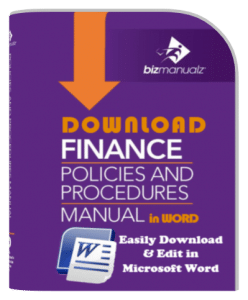
The Financial Policies and Procedures Manual Template is organized into five categories: Financial Administration, Raising Capital, Treasury Management, Financial Statement Reporting, and Internal Controls.
The Weighted Average Cost of Capital (WACC) is defined as the overall return in annual percentage that a corporation must earn on its existing assets and business operations in order to increase or maintain its current value. WACC is often the minimum hurdle rate used to approve a specific project or acquisition.
How is WACC Calculated?
WACC is calculated by
(1) multiplying the cost of each capital component by its proportional weight and then
(2) summing them up to derive the total weighted average cost of capital.
WACC Formula
WACC = (E/V * Re) + (D/V * Rd * (1-Tc))
WACC Variables
E/V = percentage of financing that is equity
D/V = percentage of financing that is debt
E = market value of the firm’s equity
D = market value of the firm’s debt
V = E + D
Re = cost of equity
Rd = cost of debt
Tc = corporate tax rate
Who Uses Weighted Average Cost of Capital?
When evaluating the worth of investment prospects, securities analysts may employ WACC. The WACC may also be utilized internally by the finance team as a threshold rate for pursuing a specific project or purchase. Company’s with a high WACC shows that they pay a high rate of return to raise capital.


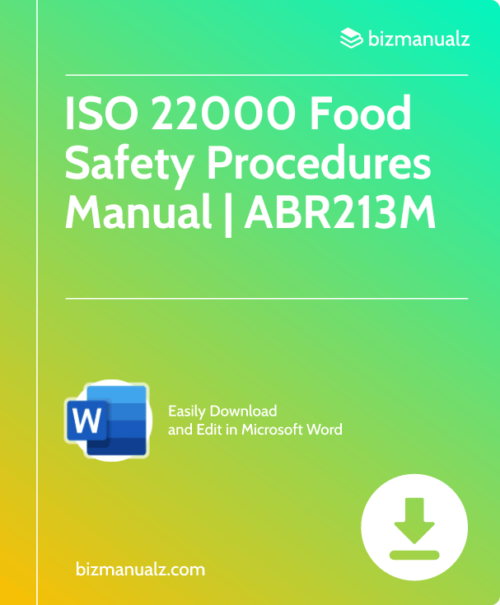
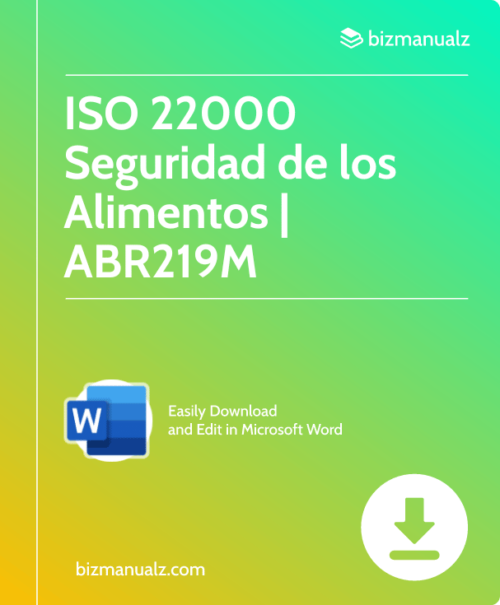
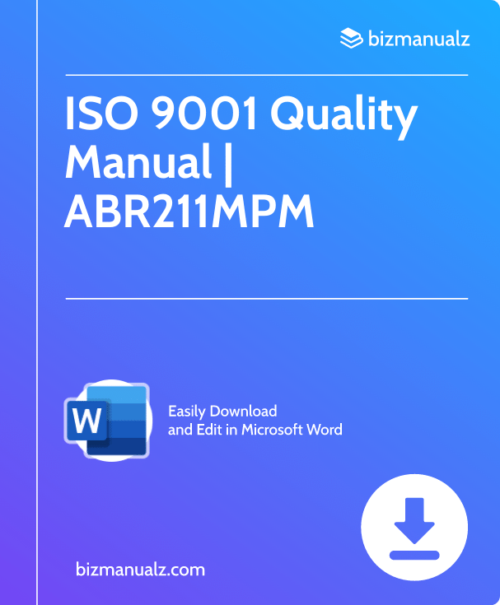
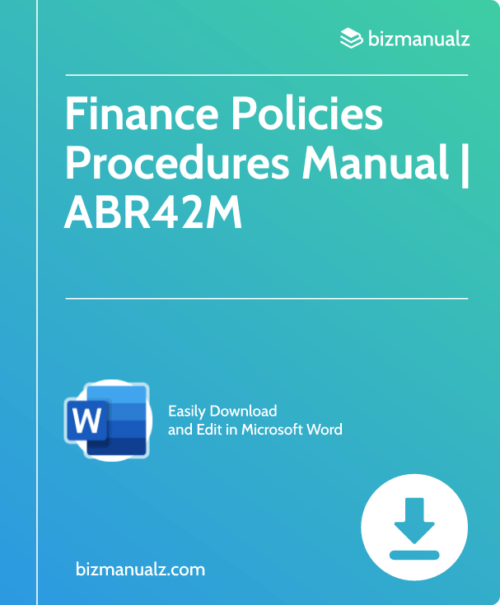
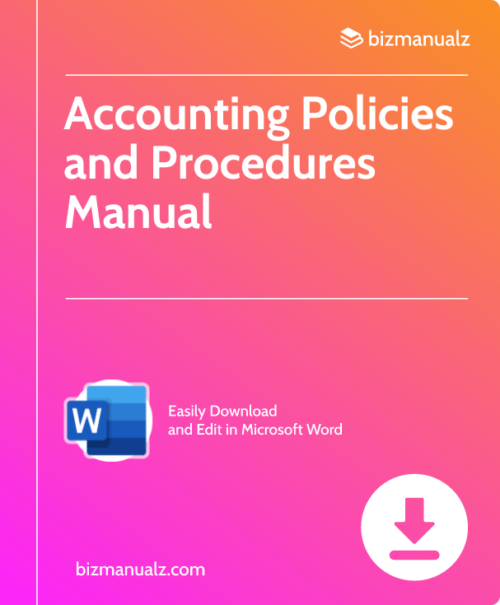


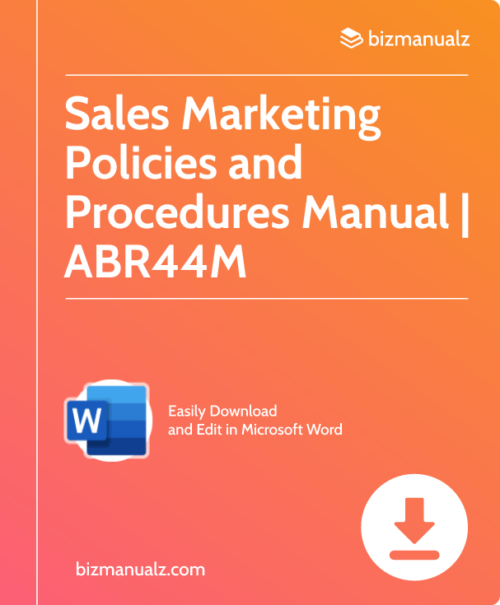
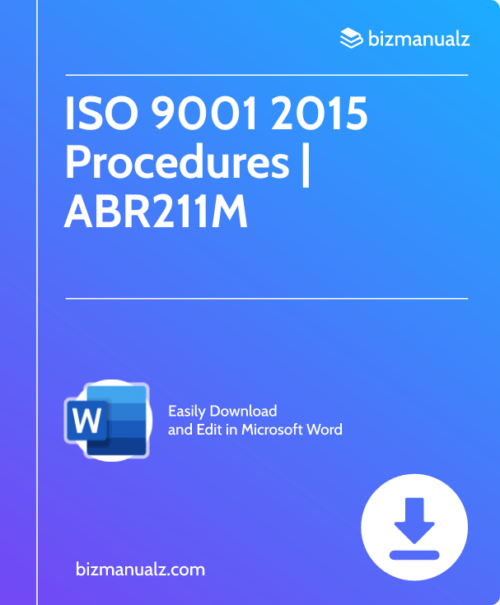


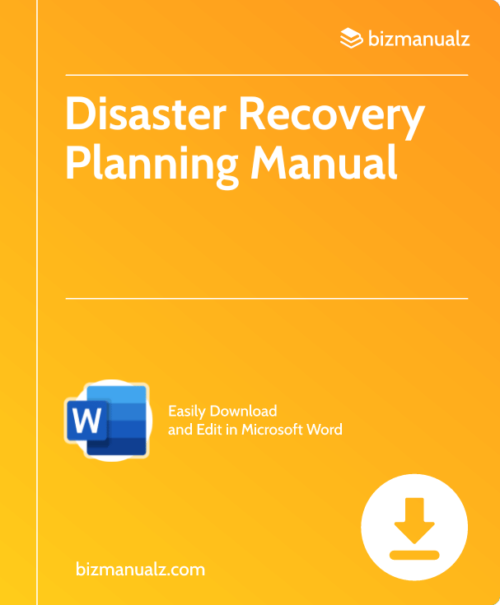

Leave a Reply